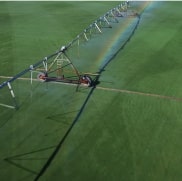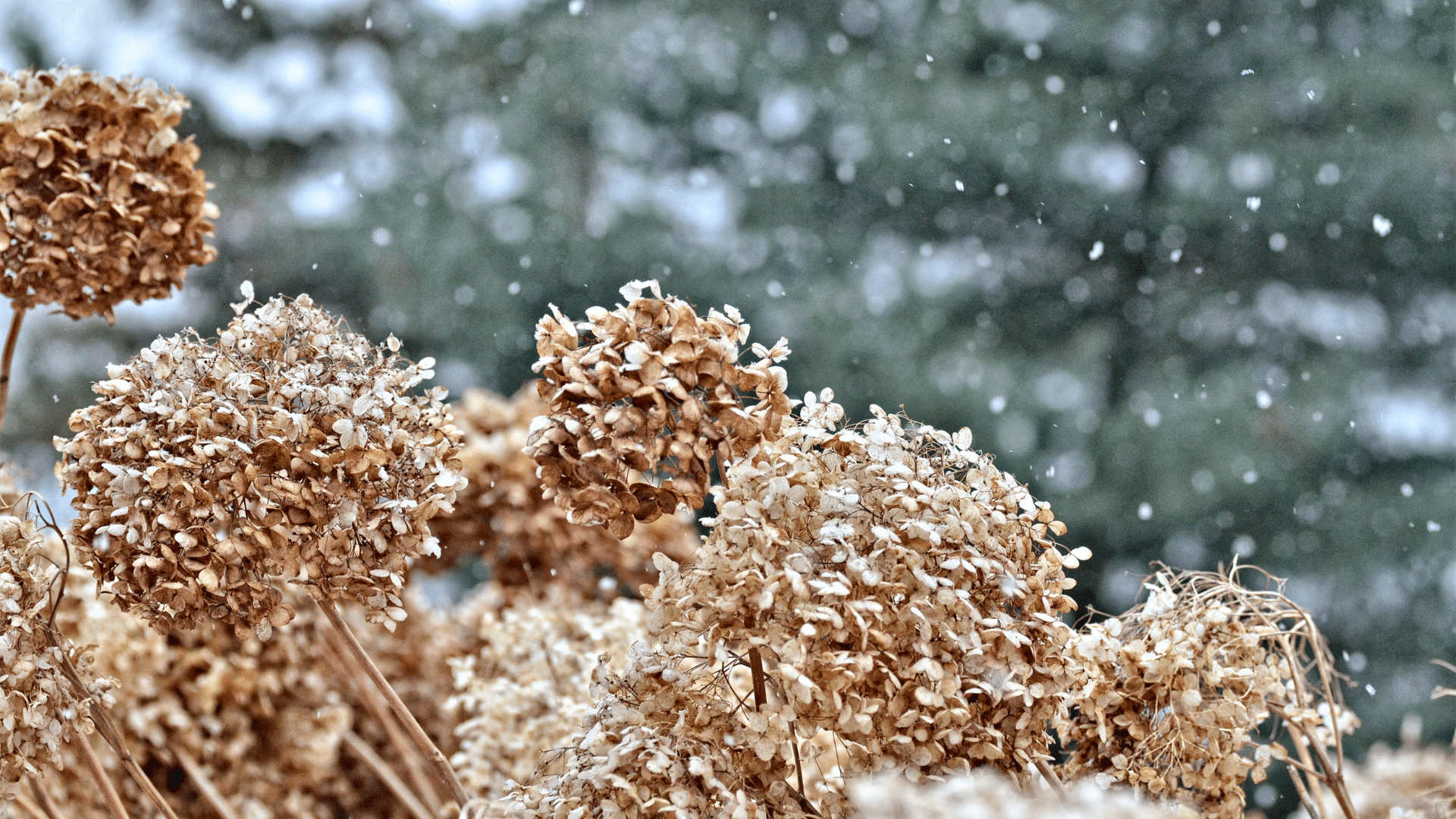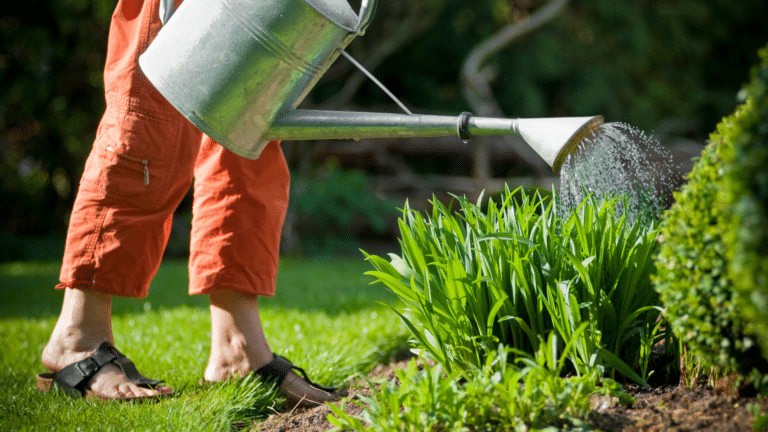Planting
Mid fall is a great time to plant most perennials. As long as the soil is still warm and not too wet, perennials will
quickly make new roots and settle into their new locations. Fall is also a great time to transplant and divide
clumps of perennials that have overgrown their spots in the garden or have grown thin in the centers. Spring
bulbs can be added to the perennial bed up until the ground has frozen in winter.
Watering
Watering into the fall helps the perennial garden complete its cycle in good condition especially if late summer
has been hot and dry. Newly planted perennials should be kept moist until they have established. Ease off on
the watering of Baby’s Breath, Lavender, Chrysanthemums, Geraniums, and Sages, as they prefer dry
conditions for winter.
To Cut Back or Not
Plants that seed themselves around the garden should be cut back after bloom time unless you want seedlings
the next spring. It makes sense to allow the rest of the garden to die down naturally, so that the nutrients in the
leaves and stems can return to the roots of the plant for winter storage. The dead foliage also provides winter
protection for the crown of the plant. If you like the look of a tidy garden in winter, leave the foliage up through
a light frost or two and then cut it down to a few inches above the ground. A few plants should always be cut
down for the continuing health of the plant; Peonies, Iris, and Lilies fall into this category. Russian Sage,
Caryopteris, Buddleia, Lavender, culinary Sages, Heucheras and Clematis vines should not be cut back until
spring.
Winter Interest
A great way to add winter interest to the garden is to let the foliage and seed heads of the perennials remain.
The birds will visit the plantings eating the remaining seed heads. Snow will collect on those same seed heads
and glisten in the winter sun. Ornamental grasses add color and motion to the winter garden.
To Mulch or Not
A winter mulch can serve many important functions in the perennial garden. It protects the plants from severe
cold, it protects the plants from the drying effects of the winter winds and intense sunshine, and it protects
plants from starting to grow too early in the springtime. Most importantly, it protects plants from the alternating
freezing and thawing of the soil, which heaves the crown of the plant out of the soil. But, if a mulch is applied
too heavily or too early or left on too long in the spring the results can be disastrous. Winter mulches should be
applied after the ground freezes and the plants are completely dormant otherwise the plant may continue to
grow under the cover and the new growth will be killed when the cold finally penetrates it.










